Last August, Sony renewed its popular EXTRA-BASS portable speaker lineup with three brand new IP67-rated (waterproof, dust-proof, and washable) devices. The largest speaker, which we’re reviewing today, answers to the name of SRS-XB43. In addition to the features included in the SRS-XB23 and -XB33s, it boasts a 3.5 mm auxiliary input, a built-in USB charging port, and up to 24 hours of battery life, versus 14 hours with the lighting on in extra-bass mode — because, yes, the SRS-XB43 comes with party lights.
On the audio side of things, the SRS-XB43 houses the proprietary X-Balanced Speaker Unit, working hand in hand with dual passive radiators. Sony promises that its technology provides a “blend of deep, punchy bass and clear, natural vocals” and “powerful sound pressure” for “a richer, deeper listening experience.”
We put the SRS-XB43 through our rigorous DXOMARK Wireless Speaker test suite. In this review, we will break down how it fared at audio playback in a variety of tests and several common use cases.
Key specifications include:
- Two tweeters, two woofers, two passive radiators
- Bluetooth 5.0 and 3.5 mm jack input
- Up to 24 hours of battery life (EXTRA-BASS: up to 14 hours)
- IP67 (dust- and waterproof)
- Built-in USB-C charging port
- Stereo pair capable
- EXTRA-BASS mode
- 325 x 123 x 117 mm
- 2.95 kg
Test conditions:
- Tested with Motorola G8 for music / Xiaomi Mi TV Box S for movies
- Communication protocol used: Bluetooth for music / 3.5 mm jack input for movies
- Firmware version: 3700
About DXOMARK Wireless Speaker tests: For scoring and analysis in our wireless speaker reviews, DXOMARK engineers perform a variety of objective tests and undertake more than 20 hours of perceptual evaluation under controlled lab conditions. This article highlights the most important results of our testing. Note that we evaluate playback using only the device’s built-in hardware. (For more details about our Speaker protocol, click here.) The Sony SRS-XB43 falls into the Advanced category of devices in the DXOMARK Speaker rankings.
Test summary
 Sony SRS-XB43
Sony SRS-XB43


Achieving a DXOMARK Speaker score of 122, the Sony SRS-XB43 remains in the lower half of our Advanced Wireless Speakers rankings, scoring below similarly-priced devices such as the Sonos One and the Huawei Sound X. Thanks to a good tonal balance overall, clear upper midrange frequencies, and good dynamics at quieter volumes, the SRS-XB43 is fairly well-suited for relaxing at home and listening to music or podcasts before going to sleep, but also for use in more complex acoustics, such as a bathroom, where it can safely be listened to thanks to its IP-67 rating. As promised by the Japanese corporation, sound played back through the SRS-XB43 exhibits very few artifacts: no compression is noticeable, and slight bass distortion occurs only at loud volumes. On another note, the speaker is equipped with a 3.5 mm wired input, which allows users to watch latency-free videos.
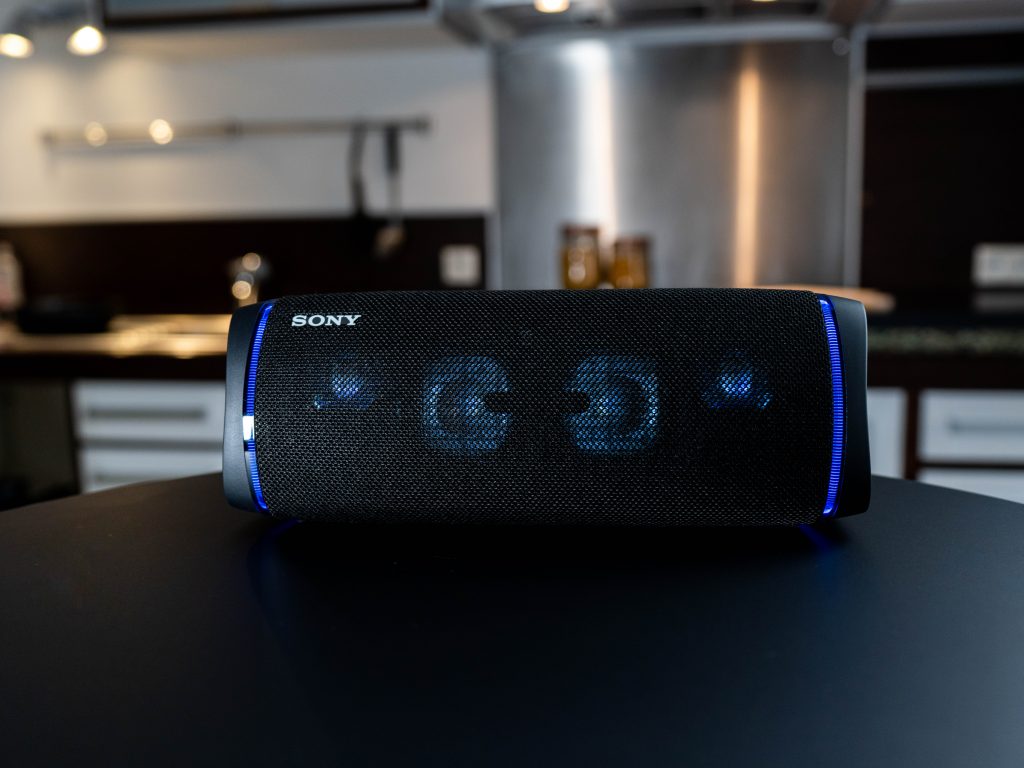
Despite being a front-firing speaker, the SRS-XB43 still manages to get a good score in our outdoor scenario, thanks to its solid timbre and artifacts performance. However, it is not suited for a friendly gathering or a party: besides the fact that sound isn’t evenly distributed at 360°, it also exhibits aggressive high-mids at louder volumes, and slightly lacks high- and low-end extension. Finally, spatial attributes are only middling, with wideness that could be improved, and quite poor localizability of sound sources. Distance rendering, while very accurate for higher-pitched instruments, is less realistic for low-pitched voices.
Sub-scores explained
The DXOMARK Speaker overall score of 122 for the Sony SRS-XB43 is derived from a range of sub-scores. In this section, we will take a closer look at these audio quality sub-scores and explain what they mean for the user, and we will show some comparison data from two of the SRS-XB43’s principal competitors, the LG XBoom PL7 and the JBL Xtreme 3.

Timbre
Sony SRS-XB43
123
152
DXOMARK timbre tests measure how well a speaker reproduces sound across the audible tonal range and takes into account bass, midrange, treble, tonal balance, and volume dependency.
In timbre testing, the speaker proves well-suited for relaxing at home and listening to music or podcasts at bedtime, but also for outdoor use and for watching movies. As promised, the SRS-XB43 does deliver a fairly balanced sound, as well as clear upper midrange frequencies. As a result, voices and higher-pitched instruments are notably clear and natural.
That all said, a slight lack of high- and low-end extension induces a midrange-focused reproduction. At loud volumes, high-mids become aggressive, which doesn’t make it the best choice for hosting a party or even for a friendly gathering.

Dynamics
Sony SRS-XB43
109
137
Our dynamics tests measure how well a device reproduces the energy level of a sound source, taking into account attack, bass precision, and punch.
Despite the advertised punchy sound, the punch delivered by the SRS-XB43, while certainly decent, could be a little stronger. Bass precision, while scoring above average as well, is slightly impaired by a lack of low-end extension. For its part, attack is affected by the lack of high-end extension.
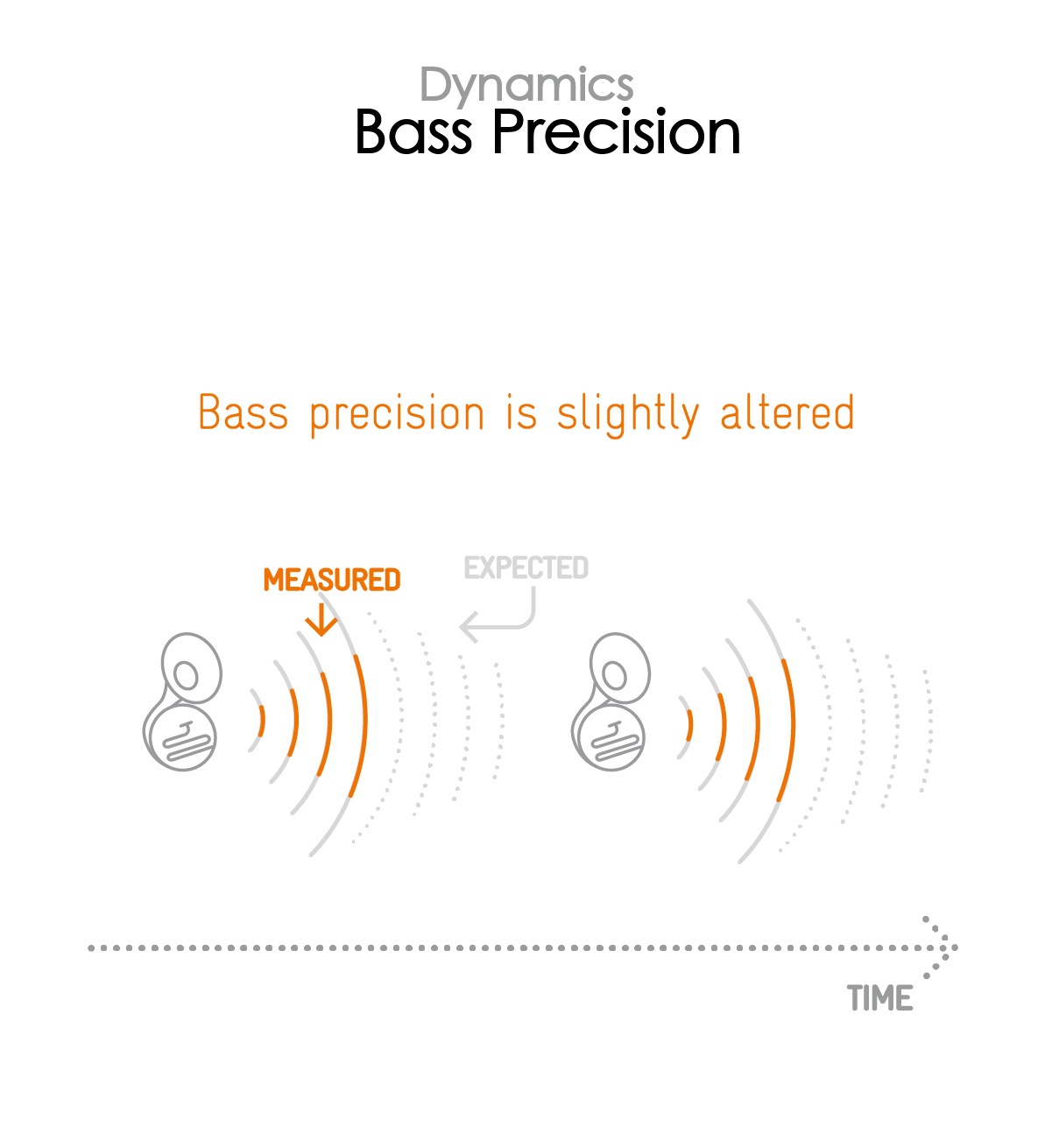

As a result, high-pitched instruments such as hi-hats could be a little sharper. Overall, dynamics are particularly well preserved at quiet volumes, which once again makes the SRS-XB43 a very well-suited speaker for relaxing at home, before sleeping, and in complex acoustical environments such as a bathroom.

Spatial
Sony SRS-XB43
73
111
Our spatial tests measure a speaker’s ability to reproduce stereo sound in all directions, taking into account localizability, balance, wideness distance and directivity. Please note that wideness is 0 on mono speakers and speakers that cannot deliver a significant stereo effect.
Since the SRS-XB43 is a front-firing device, its directivity score— that is, its ability to evenly distribute sound at 360° around the speaker, it particularly low. This again makes it rather ill-suited for a party or for even a smaller indoor or outdoor gathering.
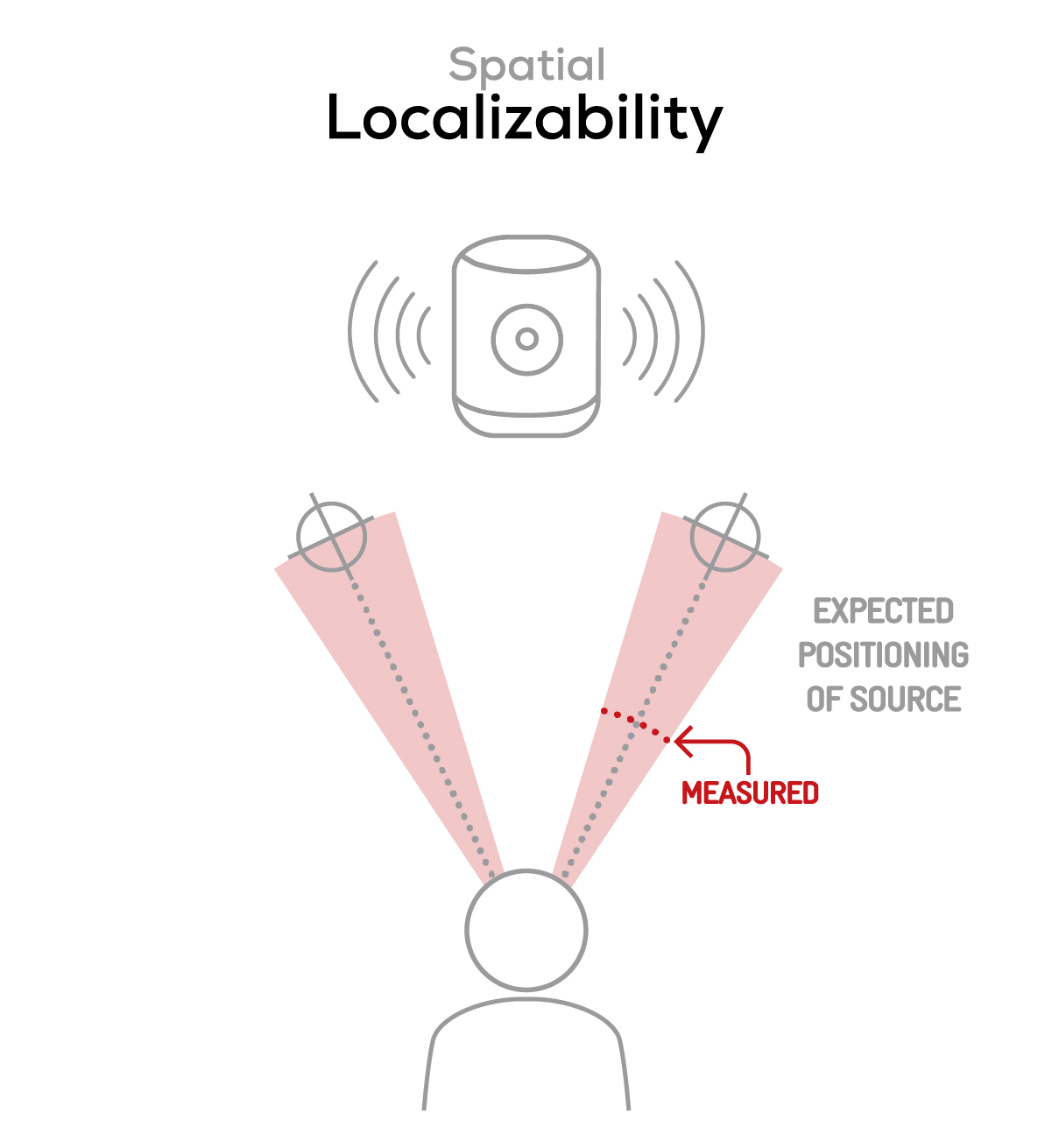

While the sound field’s wideness is certainly not nil, it is still fairly disappointing considering the device’s size. Localizability of the various sound sources is fairly poor, and distance rendering, although great for high-pitched voices, can be perceived as too close for low-pitched voices.
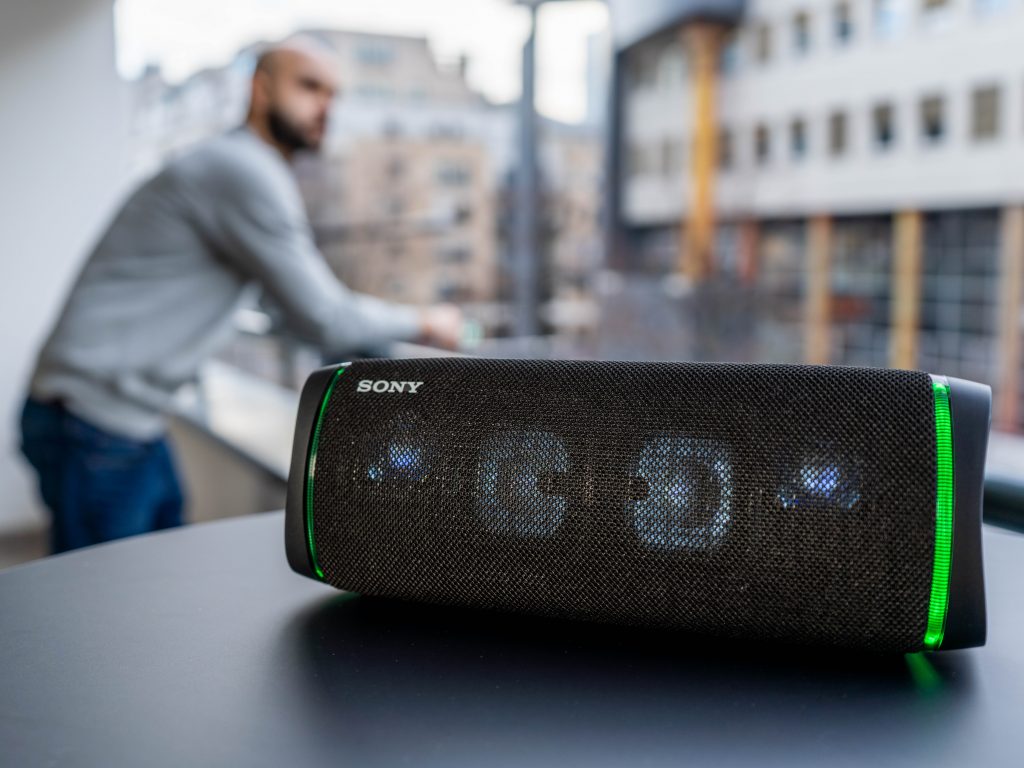

Volume
Sony SRS-XB43
96
141
Our volume tests measure both the maximum loudness a speaker is able to produce and how smoothly volume increases and decreases based on user input.
As evidenced by the graph above, the volume steps curve is severely lacking in linearity. Further, the first volume steps are poorly tuned, which affects the speaker’s performance in our bedtime scenario. On the other hand, maximum volume is very good— loud enough for our party use case.

Here are a few sound pressure levels (SPL) measured when playing our sample recordings of hip-hop and classical music at maximum volume:
| Correlated Pink Noise | Uncorrelated Pink Noise | Hip-Hop | Classical | Latin | Asian Pop | |
| Sony SRS-XB43 | 88.9 dBA | 86 dBA | 86.2 dBA | 78.5 dBA | 87.1 dBA | 79.7 dBA |
| LG XBoom Go PL 7 | 85.6 dBA | 83.5 dBA | 81.9 dBA | 76 dBA | 82.5 dBA | 75.4 dBA |
| JBL Xtreme 3 | 91.4 dBA | 87.3 dBA | 86.2 dBA | 81.3 dBA | 86.3 dBA | 80.1 dBA |

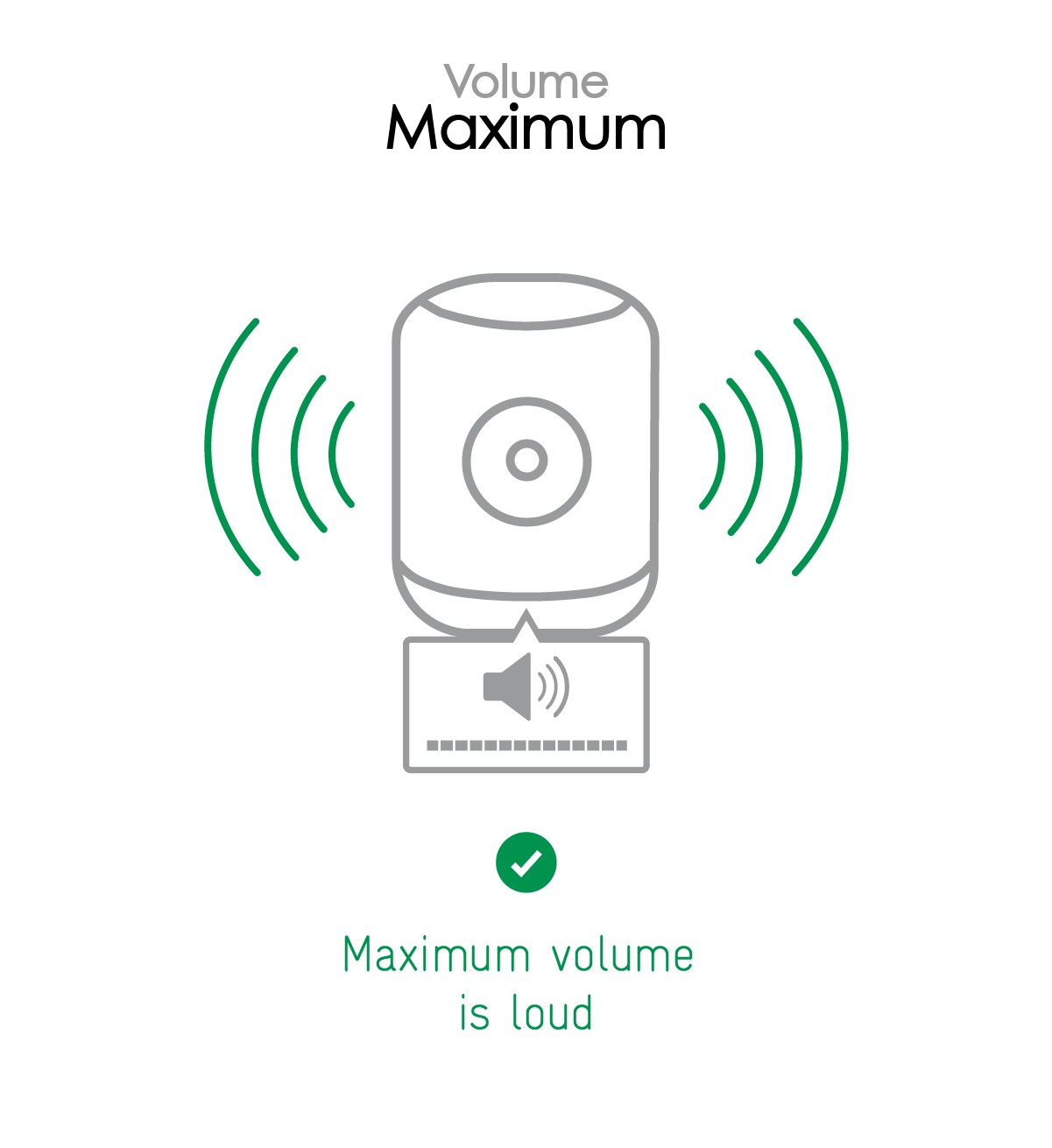

Artifacts
Sony SRS-XB43
110
133
Our artifacts tests measure how much source audio is distorted when played back, along with such other sound artifacts as noise, pumping effects, and clipping. Distortion and other artifacts can occur both because of sound processing and because of the quality of the speakers.
As promised, sound played back through the SRS-XB43 exhibits few artifacts overall, with slight bass distortion occurring only at loud volumes. No temporal artifacts such as excessive compression are noticeable, regardless of the volume level or the use case, and no user-induced artifacts were observed during our test protocol. Since the SRS-XB43 sports a 3.5 mm input, it is possible to watch videos without any wireless-induced latency.
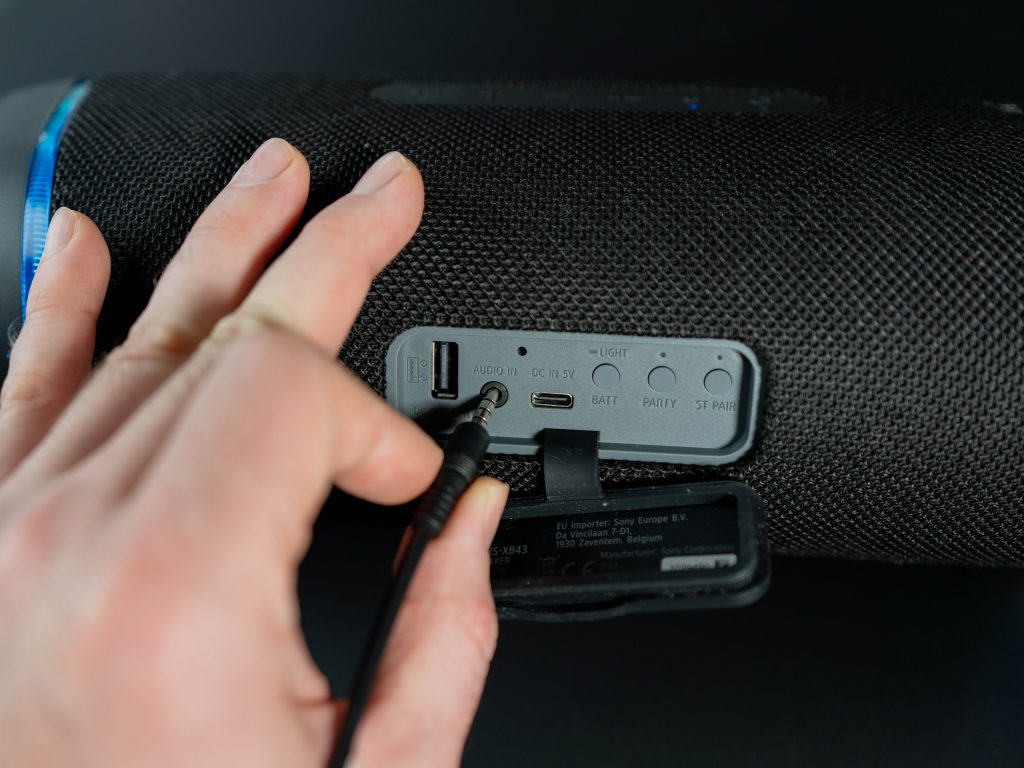
Conclusion
The Sony SRS-XB43 delivers a fairly contrasted audio performance overall, with very satisfying results for certain sound attributes, but disappointing results for others. With an overall score of 122, the SRS-XB43 ranks below similarly-priced competitors, and is even a few points below the top-ranked speaker in our Essential Wireless Speakers category.
While the SRS-XB43 is well-suited for quiet use cases (such as relaxing at home and listening to music or podcasts before sleeping), thanks to well-preserved dynamics at low volumes and natural upper midrange frequencies, its spatial and artifacts results do not make it the best choice for a party or for a friendly gathering. Though designed for outdoor use, its outdoor features and abilities (waterproof, dust-proof, battery-operated, USB charging port, appropriate timbre and artifacts performance) are somewhat diminished by the fact that its sound isn’t evenly distributed at 360° around the speaker.
Pros
- Above-average timbre performance
- Maximum volume is very good.
- Fairly good dynamics performance
- Great distance for high-pitched voices, thanks to great low-mids
- Correct punch reproduction
- Good artifacts performance
Cons
- Timbre performance is below-average for an advanced speaker.
- Slight bass distortion at loud volumes
- Slight lack of high- and low-end extension, resulting in a midrange-focused rendering
- Poor spatial performance due to the front-firing architecture, and the relatively narrow sound field
- At loud volumes, high-mids become aggressive, while high- and low-end extension is lacking.
- Distance can be perceived as too close for lower-frequency voices.
- Attack is impaired by the lack of high-end extension.

 English
English 中文
中文
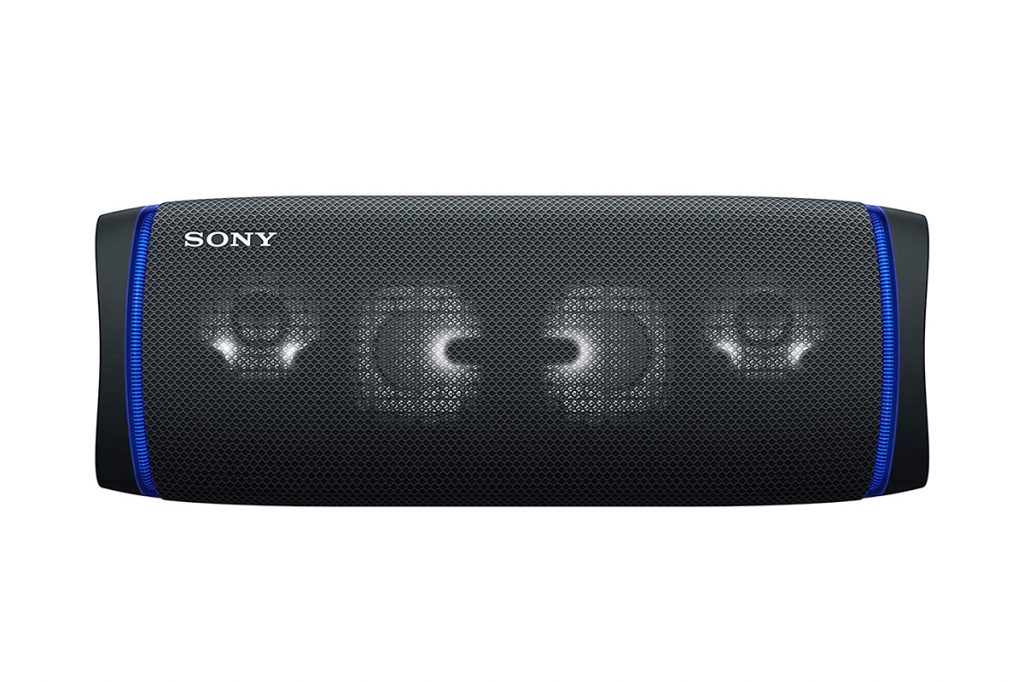
DXOMARK invites our readership (you) to post comments on the articles on this website. Read more about our Comment Policy.